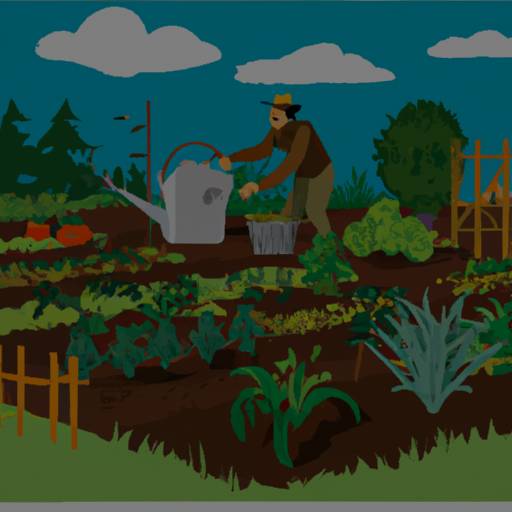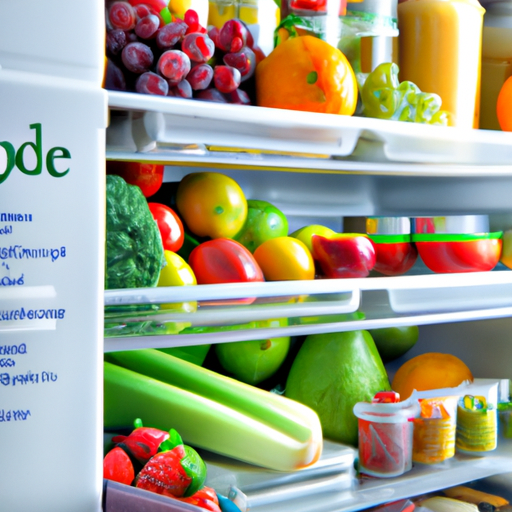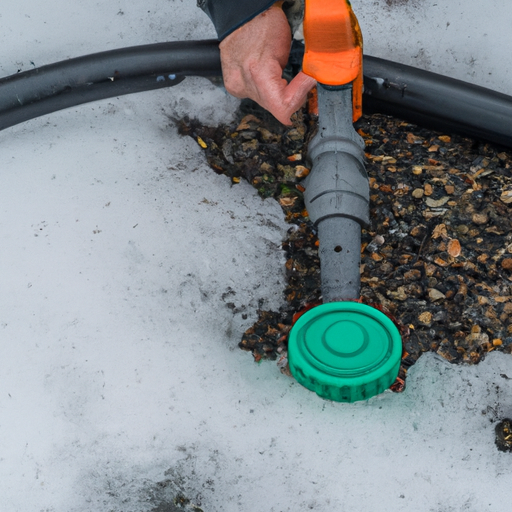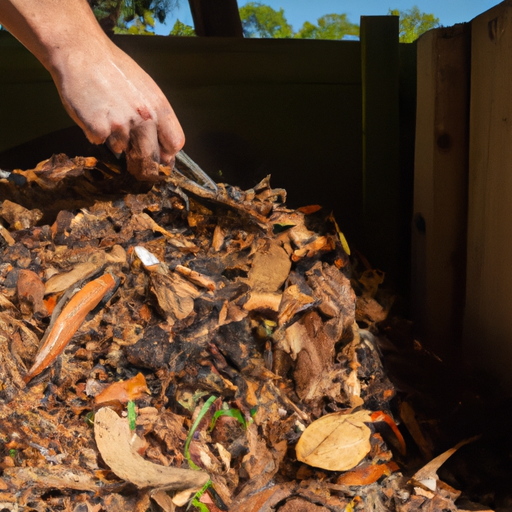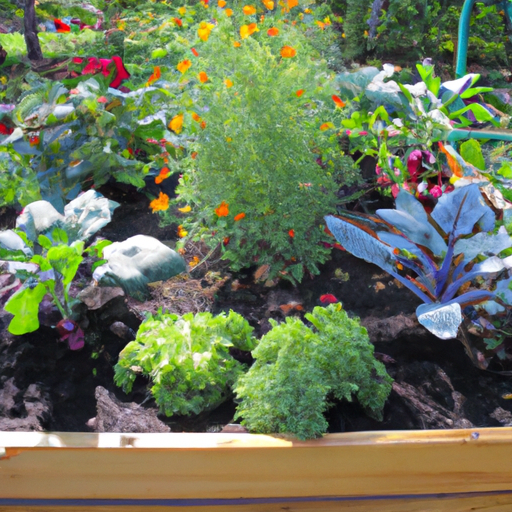As a Master Gardener, I understand the importance of testing your garden soil before planting. Soil is the foundation for healthy plants and yields, so it’s crucial to know what you’re working with.
There are several methods for testing your garden soil, each offering unique insights into its composition and condition. The top methods for testing your garden soil include DIY kits, professional lab analysis, and visual assessments.
While some may opt for convenience or cost-effectiveness over accuracy, it’s essential to choose the method that best suits your needs and preferences. Let’s explore these options in more detail to determine which one is right for you.
Diy Soil Testing Kits
Ah, the DIY soil testing kits. The savior of all gardeners who are too busy to send their soil samples to a professional lab or simply want to save money.
But let’s face it, folks – can we really trust the accuracy of these kits? Sure, they may claim to provide accurate results, but how do we know if they’re truly reliable?
As a Master Gardener with years of experience under my belt, I highly recommend comparing the results from your DIY kit to that of a professional analysis. Don’t solely rely on these kits as your only source of information when it comes to determining which nutrients your soil lacks or has in abundance.
It’s better to be safe than sorry and make sure you’re getting the most accurate data possible before making any drastic changes to your beloved garden.
Professional Lab Analysis
After using a DIY soil testing kit, it may be necessary to conduct further analysis through professional lab testing. Professional labs can provide more detailed information about your soil’s pH level, nutrient deficiencies, and other important factors that affect plant growth.
Soil pH is particularly important as it affects the availability of nutrients to plants. A high or low pH level can lead to nutrient imbalances in the soil which can ultimately impact crop yields.
Additionally, a professional lab analysis can help identify specific nutrient deficiencies such as nitrogen, phosphorus, and potassium. Armed with this knowledge, gardeners can make informed decisions when choosing fertilizers and amendments for their gardens.
Remember to properly label each soil sample so that you know where each one came from once the results are returned from the lab.
Visual Assessments
One way to assess the quality of your garden soil is through visual assessments.
By examining the texture and color of your soil, you can gain insight into its composition and potential nutrient deficiencies.
Soil texture refers to the size of individual mineral particles within soil, such as sand or clay. A sandy soil will have larger particles than a clay-based soil, resulting in differences in water retention and drainage capabilities.
Similarly, different colors may indicate varying levels of organic matter or minerals present in the soil. For example, dark soils may contain more decomposed organic matter while reddish soils may be high in iron oxide content.
Taking note of these characteristics can inform your approach to improving your garden’s health and yield.
Pros And Cons Of Each Method
As a Master Gardener, it’s important to understand the pros and cons of each method for testing your garden soil.
While there are many options available, two popular methods include at-home soil testing kits and lab analysis.
Soil testing kits offer convenience and affordability, allowing you to quickly test your soil from home without needing to send a sample away for analysis. However, these kits may not always be accurate or provide comprehensive results.
On the other hand, lab analysis offers highly accurate results that can help you better understand your soil’s nutrient levels and pH balance. However, this option can be more costly and time-consuming than using a soil testing kit.
Ultimately, the choice between these methods will depend on your specific needs as a gardener – whether you prioritize accuracy or cost-effectiveness.
Choosing The Best Method For Your Garden
Now that we’ve discussed the pros and cons of each testing method, it’s time to choose the best one for your garden.
The decision will ultimately come down to two factors: accuracy and cost-effectiveness. Soil test accuracy is crucial in ensuring optimal plant growth and health, so you want to make sure you’re using a reliable testing method. However, some methods can be quite costly, which may not be feasible for everyone.
It’s important to weigh both factors before making your final decision. One option could be to start with a DIY soil test kit or a simple pH meter, as they are relatively inexpensive and provide decent accuracy levels. If more detailed information is needed, sending a sample to a professional lab may be necessary but can come at a higher cost.
Another consideration is how frequently you’ll need to conduct soil tests; if it’s something you plan on doing regularly, investing in equipment like an electronic tester might be worth it in the long run. Ultimately, choosing the best testing method comes down to balancing soil test accuracy with affordability.
Take into account your budget and gardening goals when making your decision. By selecting the right method for your needs, you’ll ensure that your plants get all the nutrients they need for healthy growth!
Frequently Asked Questions
What Are The Different Types Of Soil And Which One Is Best For My Garden?
As a Master Gardener, understanding soil composition and the nutrients it provides is crucial for successful gardening.
There are various types of soil including sandy, clay, loamy, and silt that each have different characteristics. Sandy soils drain quickly but do not retain moisture or nutrients well while clay soils hold water but can be heavy and compacted. Loamy soils are considered the ideal type as they have a balance of sand, silt, and clay which allows for good drainage and nutrient retention. Silt soils are similar to loam but contain more fine particles making them prone to compaction.
Knowing your soil type will help you determine what amendments may be needed such as adding organic matter or fertilizers to increase soil fertility. Conducting regular testing of your garden soil’s pH level, nitrogen levels, phosphorus levels can also provide insight into its health and what further steps need to be taken to maintain optimal growing conditions.
How Often Should I Test My Garden Soil?
As a Master Gardener, I highly recommend testing your garden soil at least once a year to ensure optimal plant growth.
The frequency of testing may vary depending on factors such as weather conditions and the type of plants you are growing.
However, it is generally best to test in the early spring or late fall when the soil is not too wet or dry.
This will give you an accurate reading of nutrient levels and pH balance so that you can make any necessary adjustments before planting season begins.
Don’t neglect this important step in maintaining a healthy garden!
Can I Use Soil From My Backyard For My Indoor Plants?
Ah, the allure of using soil from your backyard for indoor plants. It’s like a siren song calling you to save money and time.
But be warned, dear gardener, there are risks involved in this tempting endeavor. Outdoor soil can contain harmful pathogens that wreak havoc on the delicate ecosystem of an indoor plant. Plus, it may not have the proper nutrients needed for optimal growth.
As a Master Gardener, I advise against using outdoor soil for indoor plants. Instead, invest in high-quality potting mix specifically designed for indoor use.
Your plants will thank you with vibrant foliage and bountiful blooms.
How Do I Know If My Soil Is Too Acidic Or Alkaline?
Knowing the pH level of your soil is crucial to growing healthy plants.
Soil pH testing can be easily done with a kit from your local garden center or by sending a sample to a lab for analysis.
A neutral pH level of 7 is ideal for most plants, but some may require slightly acidic or alkaline soils.
Soil nutrient testing can also provide valuable information on what amendments are needed to improve plant growth and health.
It’s important to test regularly as soil conditions can change over time due to factors such as weather and fertilization practices.
Master Gardeners know that taking the time to test and amend your soil will lead to successful gardening results in the long run.
Can I Use A Combination Of Different Testing Methods For More Accurate Results?
Did you know that combining different methods for testing soil can increase accuracy by up to 90%?
It’s true, and as a Master Gardener, I highly recommend using multiple tests to get a more comprehensive understanding of your garden soil.
By combining methods such as pH kits, nutrient analysis, and texture tests, you can identify any potential issues and make the necessary adjustments for optimal plant growth.
Don’t settle for just one test result when it comes to your precious garden – try out a combination of methods for better soil testing accuracy!
Conclusion
In conclusion, testing your garden soil is crucial to ensuring healthy plant growth. There are various methods available for testing different aspects of the soil, such as pH levels and nutrient content.
It’s important to regularly test your soil so that you can make necessary adjustments and provide optimal conditions for your plants.
One objection some may have towards testing their soil is the added cost and effort required. However, investing in a good quality soil test kit or sending samples to a lab can save money in the long run by preventing plant failure and reducing the need for excessive fertilizers or amendments.
As Master Gardeners, we understand the importance of taking care of our plants from root to stem, and this begins with knowing what kind of soil they’re growing in. So don’t hesitate to start testing your garden soil today!
